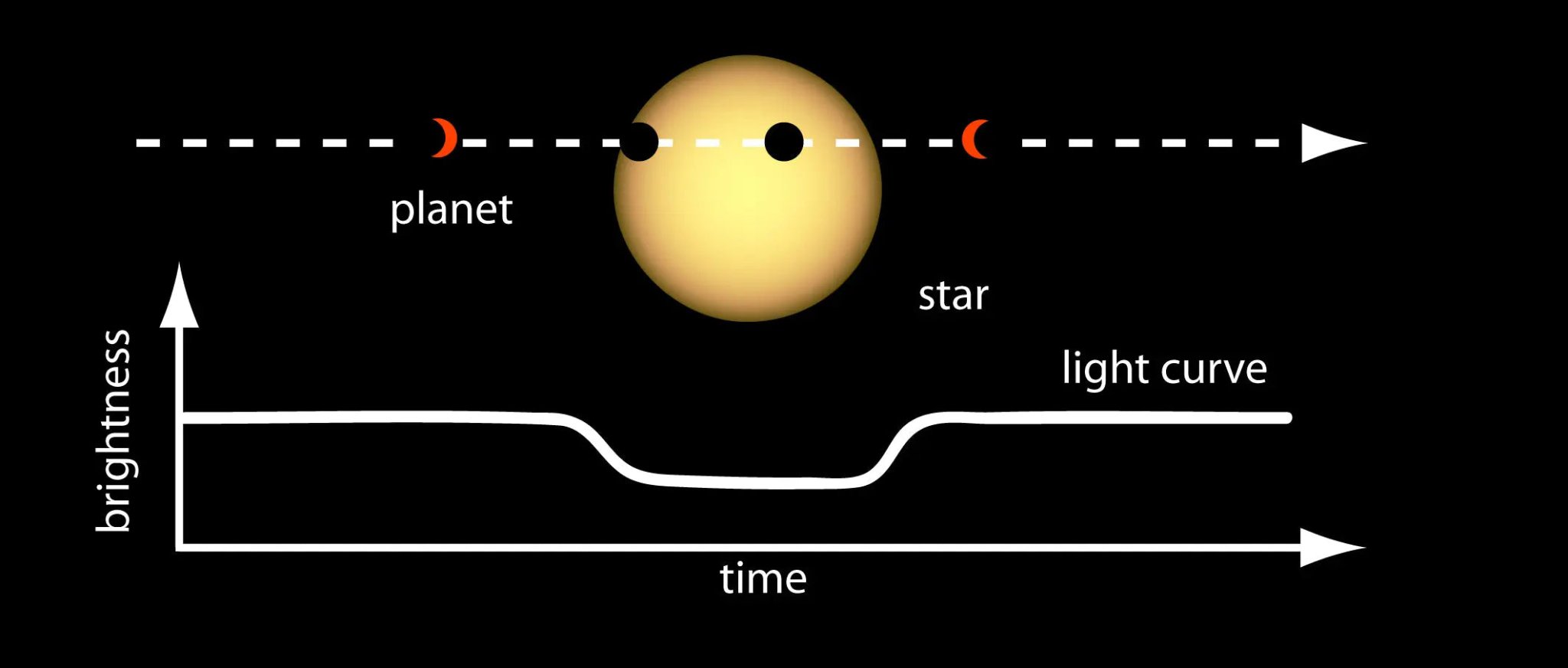A Safe and Spectacular Experience
In the realm of celestial phenomena, planetary transits of the sun—events during which a planet passes between the Earth and the sun—hold a special allure for sky gazers. These transits are not just captivating spectacles; they have been used for centuries for scientific purposes, from determining the size of the solar system to understanding planetary atmospheres. While sophisticated telescopes equipped with solar filters provide a high-definition view of these occurrences, you can still witness the majestic movement of planets like Mercury and Venus across the sun with something as simple and accessible as eclipse glasses.
What Are Eclipse Glasses?
Eclipse glasses are specialized eyewear designed to allow you to look directly at the sun without damaging your eyes. Built with a solar filter that blocks harmful ultraviolet, visible, and infrared radiation, these glasses are an absolute necessity for safe solar viewing. They are especially popular during solar eclipses, but they are equally useful for watching planetary transits.
Why Use Eclipse Glasses for Planetary Transits?
The main advantage of using eclipse glasses for observing a planetary transit is safety. Looking at the sun directly, even for a short period, can result in permanent eye damage. Traditional sunglasses, no matter how dark, are not capable of filtering out the intense radiation emitted by the sun. Eclipse glasses meet the stringent safety requirements of ISO 12312-2, guaranteeing a safe viewing experience.
How to Use Eclipse Glasses for Viewing Transits
Preparation:
1. Verify Authenticity: Ensure your eclipse glasses are ISO-certified and free from any defects, scratches, or punctures.
2. Check Dates: Take note of the timing of the transit. Unlike solar eclipses, transits last for several hours, giving you ample time to observe.
3. Select a Location: Pick a spot with a clear, unobstructed view of the sky, away from tall buildings or trees.
4. Get Comfortable: Bring a lawn chair or blanket for a relaxed viewing experience.
During the Transit:
1. Put the Glasses On: Before you look at the sun, put your eclipse glasses on.
2. Locate the Sun: Stand still and move your head slowly to locate the sun.
3. Observe the Transit: With the sun in sight, you’ll be able to see a small black dot (the transiting planet) slowly moving across the sun's surface.
4. Take Breaks: While the eclipse glasses are designed for safety, it’s still advisable to take short breaks and not stare continuously.
Post-Transit:
1. Record Observations: Whether you're a casual observer or an amateur astronomer, jot down your experiences, the timings, and any notable occurrences during the transit.
2. Share the Experience: Discuss your observations with others who also witnessed the event, either in person or through online forums.
Limitations and Alternatives
While eclipse glasses offer a safe and affordable method for transit viewing, they come with limitations, such as lower magnification and lack of detail. For a more in-depth experience, solar telescopes equipped with high-quality filters are the way to go.
The Fascinating Legacy of Transits
Planetary transits are more than just celestial dances; they are time capsules of scientific history. From Edmund Halley's prediction of a Venus transit in the 18th century, which led to the first accurate measurement of the distance from Earth to the sun, to modern-day uses in exoplanet discovery, transits continue to be a fascinating subject of study.
In summary, viewing a planetary transit through eclipse glasses is an experience that combines the thrill of witnessing a rare celestial event with the joy of hands-on astronomy. It brings complex astrophysical phenomena within the reach of the general public, ensuring that the wonders of the universe remain accessible to all.



Share:
The Many Uses of Solar Viewers
Thousands Gather to Witness 2020 South American Solar Eclipse